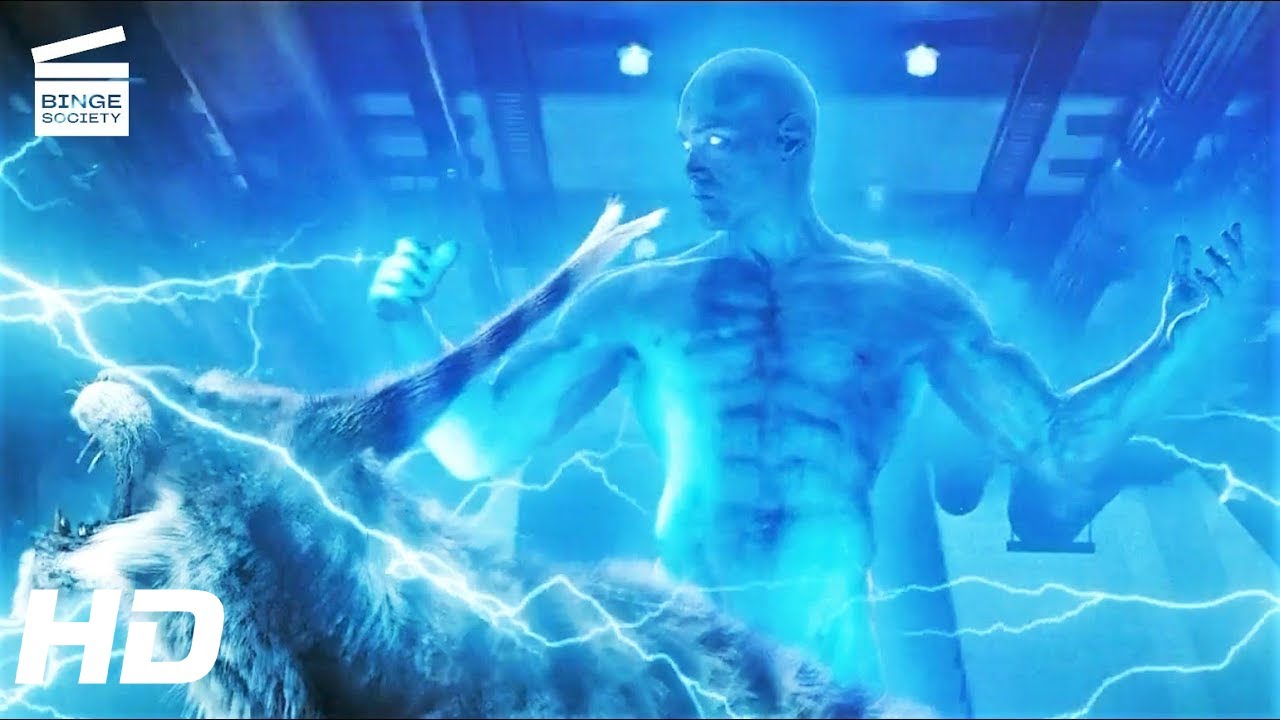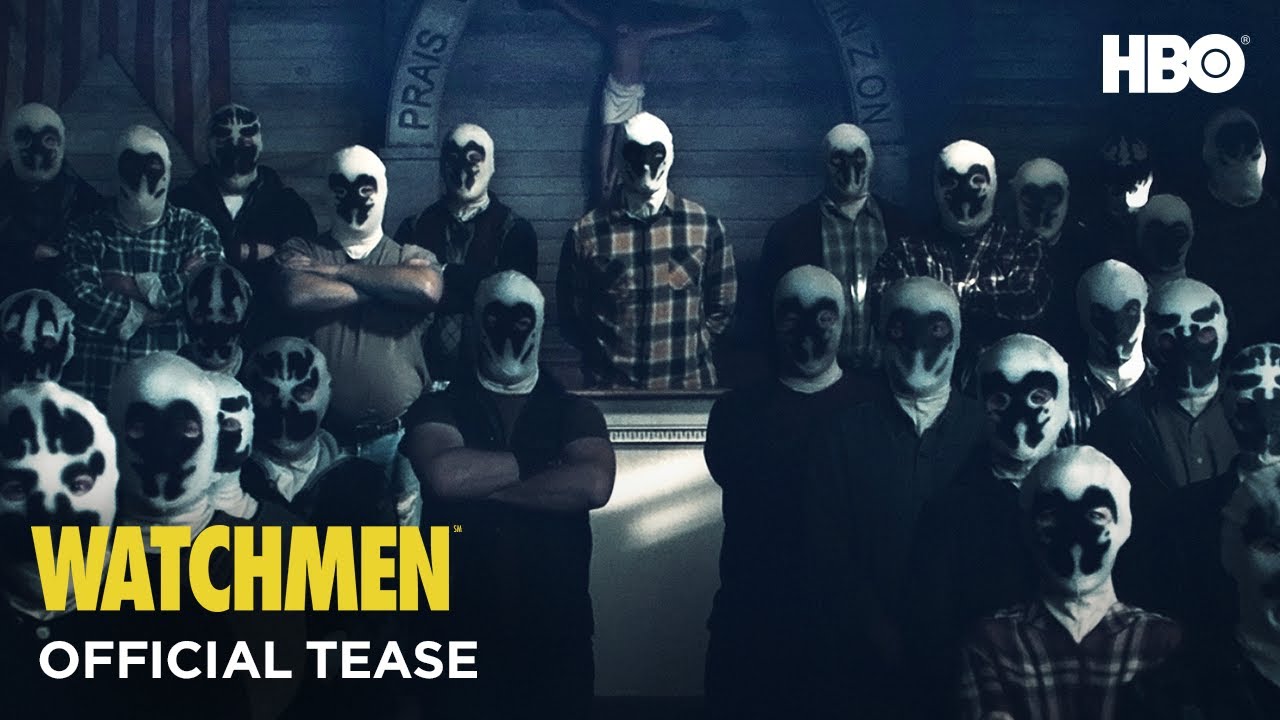The Complex Layering of Watchmen: Heroes Beyond the Masks
The 1986 graphic novel Watchmen by Alan Moore and Dave Gibbons was a game-changer for superhero storytelling. It took the classic idea of heroes and flipped it on its head, making us rethink everything we thought we knew about morality, power, and what it really means to be a hero. Fast forward to 2026, and we can still see the echoes of this pioneering work in everything from modern films to TV series that borrow its rich characters and intricate plots.
With its unflinching exploration of human frailty and the moral dilemmas heroes face, Watchmen engages audiences like few other works can. As we dig deeper into the minds of these extraordinary characters, we see reflections of ourselves, our struggles, and, dare I say, a smattering of humor amidst the darkness. The masks they wear are not just for show; they represent the multi-layered complexities of their lives, inviting us to peel back those layers and see what’s underneath.
So, grab your popcorn and adjust your eyeglasses! Let’s unmask the extraordinary characters that stand out in the universe of Watchmen.
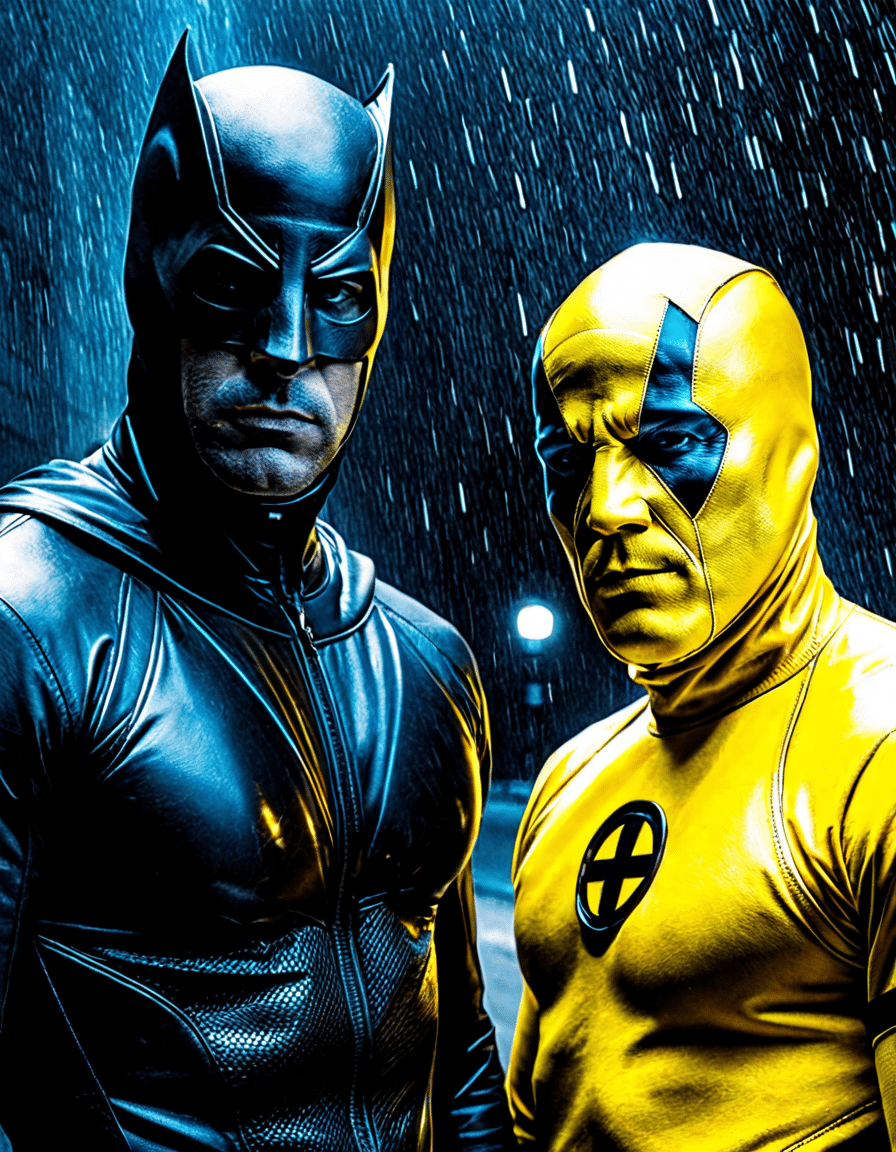
Top 7 Extraordinary Watchmen Characters Unmasking Their Realities
Dr. Manhattan, once Jonathan Osterman, becomes a nearly god-like figure after a scientific accident. His serious existential detachment from humanity raises several philosophical questions, like those discussed in literature and modern science about consciousness and quantum mechanics. In many ways, he embodies the ongoing debate about free will versus determinism, making him a character that both fans and scholars continue to dissect.
Rorschach stands out with his uncompromising moral code, making him the ultimate anti-hero. His split inkblot mask symbolizes the worldview that sees no in-between; it’s either black or white, right or wrong. This character invites us to ponder on morality within law enforcement and what happens when societal failures push someone towards extremism. Head’s up: Rorschach’s beliefs might make you rethink some of your own!
Ozymandias represents the idea that the ends justify the means, willing to sacrifice millions for the greater good. His calculating demeanor not only makes him a formidable adversary but also raises ethical questions about leadership and morality. Let’s face it: this character’s actions challenge us to think about the lengths we’d go to for what we perceive as a noble cause.
Laurie’s journey reveals the duality of her cultural legacy versus personal struggles, encapsulating the challenges faced by female superheroes. She bravely breaks the mold of traditional gender roles, making her a relevant contender in discussions around female empowerment in media. As conversations around women’s rights evolve, Laurie’s narrative stands as a symbol for these ongoing dialogues.
Nite Owl presents the modern-day hero who relies more on intellect and technology than brute strength, contrasting starkly with Dr. Manhattan’s superpowers. His relatability appeals to everyday folks who appreciate the notion that sometimes brains beat brawn. By embodying the underdog spirit, Nite Owl resonates with audiences, echoing the narratives surrounding representation and inclusivity today.
Blake’s cynical take on existence openly critiques American ideals and moral values, painting a picture of nihilism. His troubled history and brutal actions lead us to question how trauma influences our worldview. As we navigate today’s sociopolitical landscape, the revelations around Blake serve as a reminder of how historical narratives shape our perceptions of ethics and morality.
The Tales of the Black Freighter subplot mimics the main storyline, serving as a thought-provoking commentary on human nature and our recklessness. This narrative choice cleverly reflects society’s fascination with heroism and mortality, encouraging a deeper discussion about storytelling and its implications in real-life contexts. It’s a classic case of meta-commentary that leaves us pondering life’s big questions.
Analyzing the Cultural Legacy: Watchmen’s Echoes in Modern Media
Watchmen has left an indelible mark on contemporary storytelling, stretching beyond its printed pages into film adaptations and live-action series that tackle pressing themes like race and identity. HBO’s adaptation of Watchmen in 2019 reignited discussions surrounding systemic injustice while maintaining that rich character complexity we’ve come to love. This modern take reinforces the notion that heroes come in varied, multi-dimensional shades, much like those in Black Sails.
Moreover, the updated portrayal of heroes takes a page from classic narratives like Blazing Saddles, blending humor with poignant critiques of societal flaws. As we dive into modern cinema and literature, it becomes clear that the symbolism of masks goes beyond mere disguise; they challenge us to confront the facades we wear in our own lives.
Now, aren’t we all just a tad bit like Dr. Manhattan, pondering our place in the universe? It’s hard to ignore how our perceptions of heroism evolve as we grapple with contemporary societal issues.

A New Age of Vigilantism: The Watchmen as Cultural Commentators
The narratives shaped by Watchmen echo the sentiment of modern vigilantism. Much like the “hundreds of beavers” in nature, tirelessly constructing their dams, today’s heroes emerge outside the law. These figures often serve as beacons of truth in chaotic environments, mirroring our current societal distrust in institutions and governance.
As we absorb the films, series, and literature influenced by Watchmen, it’s vital we also recognize what lies at the heart of this exploration: the relentless examination of heroism, morality, and the intricate fabric of human existence. The complexities between character choices, sociopolitical realities, and narrative arcs create a tapestry that’s much richer than just a superhero saga.
So the next time you toss on a superhero movie or series, remember that beneath the masks, there’s a world of struggles, triumphs, and moral quandaries waiting to resonate with your own experiences. That’s the beauty of Watchmen—it’s not just a story, it’s a reflection of our ongoing journey through life.
For a deeper dive, don’t miss out on other thought-provoking narratives, whether it’s the chaotic world of True Detective Season 1 or the unexpected adventures in San Andreas. These narratives provide further fodder for exploring our interpretations of good and evil, much like what we see in Watchmen. And let’s not forget the charming subtleties that arise in films like Children Of The Corn or the family joy echoed in a Christmas Story. Each story, much like the heroes behind the masks, tells us something significant about ourselves.
Take a moment to reflect. What would you do if you had the choices these characters faced? After all, we all wear our own masks. The question is, what are we hiding?
Watchmen: The Extraordinary Heroes Behind the Masks
Unmasking the Legacy of Watchmen
Did you know that “Watchmen” was not just a comic book, but a cultural phenomenon that reshaped the comic book industry? Released in the mid-1980s, this story took a darker, more realistic approach to superheroes, weaving a rich tapestry of moral ambiguity and character depth. Speaking of depth, the concept of insatiable meaning resonates well here; readers and viewers found themselves captivated not just by the action but also by the philosophical questions raised throughout the narrative. Imagine a world where heroes could walk among us, but with all the flaws and failures of humanity—that’s exactly what “Watchmen” offered.
Interestingly, while the story is a critique of traditional heroism, it also gives nods to pop culture icons. For instance, the character Rorschach has become a lasting symbol of uncompromising morality, much like how Boo From Monsters inc. represents innocence and survival in a tough world. In a different arena, the ethos of teamwork seen in Baylor Womens basketball echoes the dynamics of the Watchmen as they navigate their complex relationships—sometimes clashing, sometimes bonding, but always striving for a common goal, even when that goal is riddled with moral ambiguity.
Behind the Masks
Another fun tidbit? The original graphic novel was adapted into a film in 2009, and it received a vivid new life in HBO’s series in 2019. Both adaptations paid homage to the intricate details that were portrayed in the comics. Just like how Jay Briscoe carved his path in the wrestling world through sheer talent and dedication, the characters in “Watchmen” struggled with their identities and the weight of the past. From Dr. Manhattan’s existential crises to Ozymandias’ grand schemes, every character has their own unique story unfolding—each influenced by the time and events around them.
Finally, the rich world of “Watchmen” isn’t just confined to its pages and screens—it’s expanded through numerous discussions and analyses. Each layer of this story can make even the most casual viewer think deeply about heroism and consequence. That’s the beauty of stories like “Watchmen,” which encourage us to reflect on our own choices and beliefs, much like planning a getaway at all inclusive Resorts Nassau bahamas might allow for a moment of self-reflection and relaxation amidst life’s hustle. Ultimately, whether you’re a die-hard fan or a curious newcomer, there’s always something fresh to explore in the dynamic universe of “Watchmen.
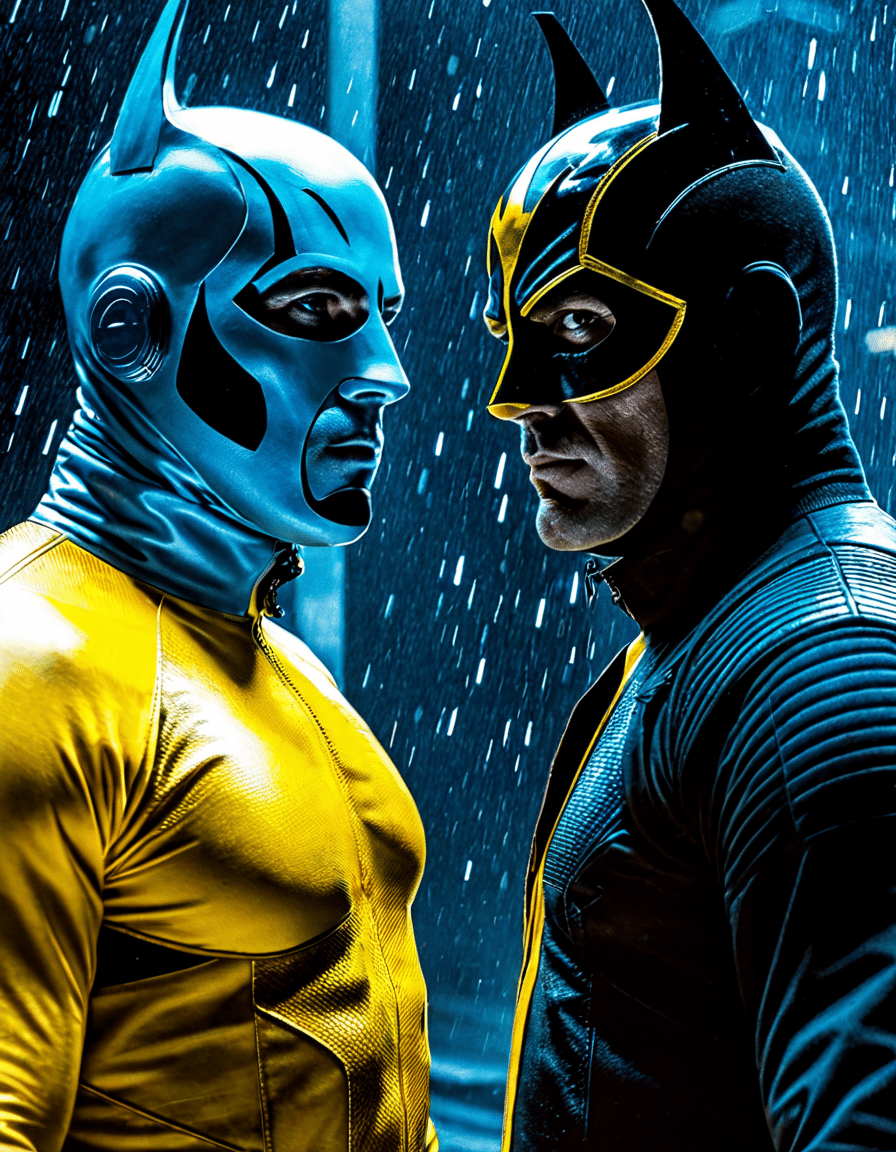

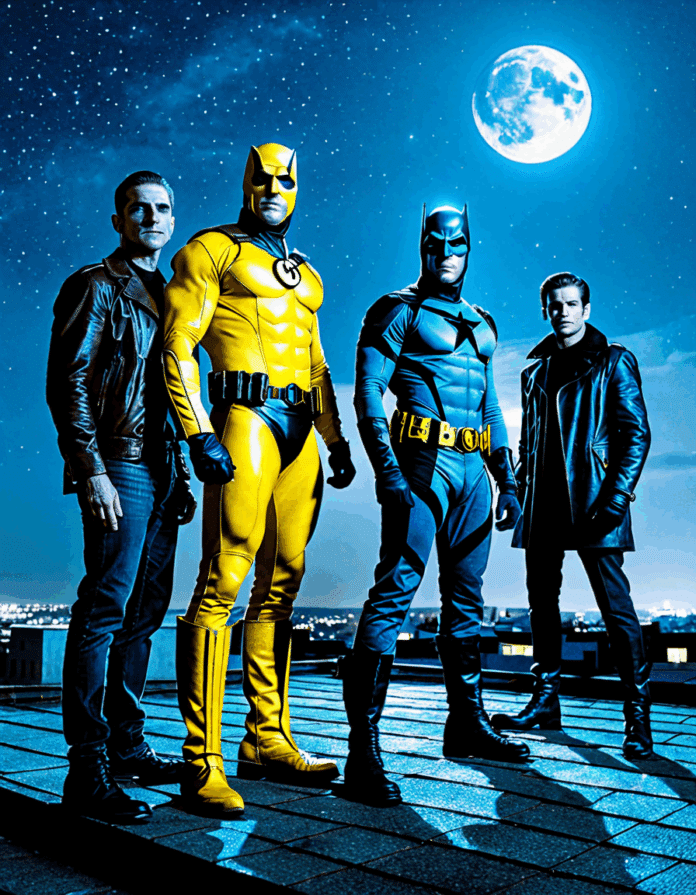
![Watchmen - Official Trailer [HD]](https://www.bestmovienews.com/wp-content/cache/flying-press/ea30d1b794ca0a8d524f36cea217a7d3.jpg)
